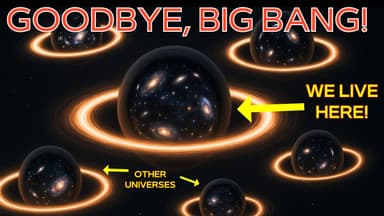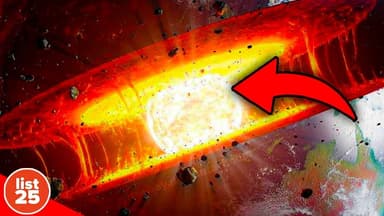Discovering the Age of Stars
I often look up at the night sky and wonder about the stars—knowing their names, types, and distances, yet feeling puzzled by their hidden ages, which hold keys to galactic mysteries and the search for life.
TL;DR
I realized stars don't reveal their ages easily, making it a challenge to uncover how galaxies evolve and planets form.
By studying star clusters with H-R diagrams, scientists estimate ages based on which stars have just exhausted their fuel, hinting at cosmic timelines.
For individual stars, measuring spin and brightness changes offers age clues, though surprises like constant rotation rates add intrigue.
These methods not only refine our understanding of stellar life cycles but also spark curiosity about alien worlds and their timelines.
When I gaze at any star in the night sky, I know its basic traits, like size and composition, but determining its age feels elusive, as stars don't come with a clear birth record. This mystery drives scientists to explore how star ages could reveal the growth of galaxies and the formation of planets, even aiding the hunt for life beyond our solar system. It's fascinating how something so fundamental remains hidden, pushing us to innovate.

A star begins as a spinning cloud of gas that collapses, igniting nuclear fusion in its core to turn hydrogen into helium and power its long life. As it matures, the core condenses, shifting the hydrogen burning outward until the fuel runs out, leading to phases like becoming a red giant. More massive stars burn out quickly in millions of years, while smaller ones like our sun endure for billions, shaping their fates based on mass alone.
To estimate a star's age, I learned we look at clusters, where stars form around the same time but evolve at different speeds due to their masses. Scientists use the Hertzsprung-Russell diagram to plot stars' brightness and temperature, identifying which ones have left the main sequence by running out of hydrogen. For example, in the Pleiades Cluster, most stars still burn hydrogen, indicating an age of about 100 million years, as the most massive ones begin to veer off first.

This method works well for groups, but for a single star, it's tougher; we measure its rotation speed through surface activity and light spectrum to gauge age. In the 1970s, observations showed younger stars spin faster, leading to equations that link spin to age, though it's not always reliable for older stars. Despite challenges, like the impracticality of tracking every star, this approach builds on patterns from clusters.
Another precise way is stellar seismology, where I track a star's brightness fluctuations over time to detect internal pulses and density changes. This reveals how much hydrogen has turned to helium in the core, with more hydrogen signaling a younger star; for instance, the Kepler telescope's data showed stars stop slowing down after burning half their fuel, making brightness a better indicator than spin. It requires long observations with advanced telescopes, turning what was once "trash" data into valuable insights for exoplanet studies.

Knowing a star's age goes beyond curiosity; it helps map the Milky Way's evolution and estimate planetary ages, which could indicate how long life might have developed elsewhere. When I first plotted an H-R diagram in college, it hit me that this simple graph was our best tool for unlocking these secrets, challenging my assumptions about what stars could reveal through their spectra. That realization made me appreciate how even basic observations can answer profound questions about the universe.
Exploring a star's age not only uncovers the timeline of cosmic events but also connects us to the vast history of our galaxy, leaving me with a deeper sense of wonder about life's potential journeys.
Key Takeaways
Stars' ages are estimated via life cycle stages, with mass determining their lifespan and eventual fate.
H-R diagrams help date star clusters by tracking when stars leave the main sequence due to fuel depletion.
Individual star ages rely on measuring spin and brightness changes, offering insights despite limitations.
Accurate age data aids in understanding galactic evolution and the search for extraterrestrial life.











